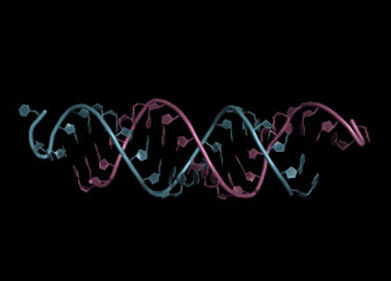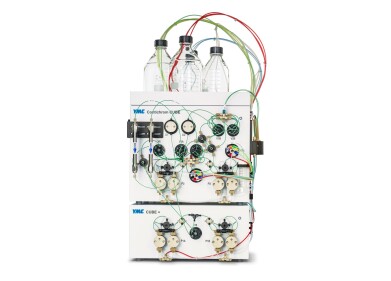Liquid Chromatography
Does Breastfeeding Reduce Obesity Risk? - Chromatography Explores
Jul 29 2019
The most natural way to provide all the nutrients a growing baby needs is to breastfeed. A mother’s milk can provide all the nutrients infants need for healthy growth and development. The World Heath Organization recommend exclusively breastfeeding an infant for the first six months and continuing with breastfeeding alongside complementary foods up to at least two years of age.
And it seems that breastfeeding has other benefits for a growing infant too. A recent paper published in the journal Current Developments in Nutrition has investigated the link between infant weight and an infant being breast-fed. And like the WHO findings, the paper’s authors conclude that their findings:
provide additional evidence that specific human milk components may diminish infant obesity risk.
Best start in life
Breastfeeding can give an infant the best start in life - with many medical studies supporting the idea that exclusively breastfeeding for the first six months gives an infant the best chance of thriving through childhood and adolescence. But it is not just the nutrients helping an infant’s development. Studies also show that breastfeeding can affect the incidence of childhood obesity.
It is well-known the positive impact of breastfeeding on development and lowering the risk of death from infectious diseases - both in infants and later in life. But research is also showing that breastfeeding can include protection against a child being overweight and even obese. And the paper referenced above - Human Milk Oligosaccharides and Infant Weight in the First 6 Months of Life (P11-053-19) - looked at the effect of human milk oligosaccharides on the weight of infants in the first six months of life.
LNFP predicts the weight
In the research, the scientists were looking to see if there was any association between infant weight in the first six months and human milk oligosaccharides in the first month of life. They examined over 150 mother/infant pairs and collected breast milk samples at one month. The samples were analysed using chromatography to determine the human milk oligosaccharide composition. The use of chromatography to analyse samples is discussed in the article, Using Narrow Bore Columns to Enhance Sensitivity for LC-UV and LC-MS Analyses.
The researchers found that oligosaccharides composition at one month was not associated with weight at age at one month. But an oligosaccharide known as LNFP could be used to predict weight status at six months of age. The researchers conclude that greater exposure to LNFP in the first month of life may be protective against rapid infant weight gain. The results provide additional evidence that human milk components may reduce infant obesity risk.
Digital Edition
Chromatography Today - Buyers' Guide 2022
October 2023
In This Edition Modern & Practical Applications - Accelerating ADC Development with Mass Spectrometry - Implementing High-Resolution Ion Mobility into Peptide Mapping Workflows Chromatogr...
View all digital editions
Events
Jan 20 2025 Amsterdam, Netherlands
Feb 03 2025 Dubai, UAE
Feb 05 2025 Guangzhou, China
Mar 01 2025 Boston, MA, USA
Mar 04 2025 Berlin, Germany












